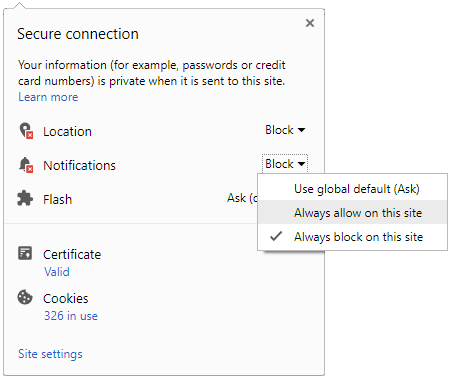
The research found out that the male circumcision reduces the HIV infection rates in heterosexual men at least for first two years after the circumcision. The Langerhans cells in the foreskin usually act as the receptors for the HIV entry. Therefore removing the foreskin disable the attracting factor for the HIV virus.
The clinical trial included 11,054 men from south africa, Uganda, and Kenya. However the research does not find out whether male circumcision offers any benefit to women partners of circumcised men and homosexual men.
In that case policy makers can very well think of male circumcision as a method to prevent HIV transmission. However the policy makers must also consider the culture and environment in which the circumcision is carried out. Also medical experts trained in aseptic surgical techniques should carry out the male circumcision. In that way, adverse events following traditional circumcisions can be reduced!
AGENCIES



 Click it and Unblock the Notifications
Click it and Unblock the Notifications





